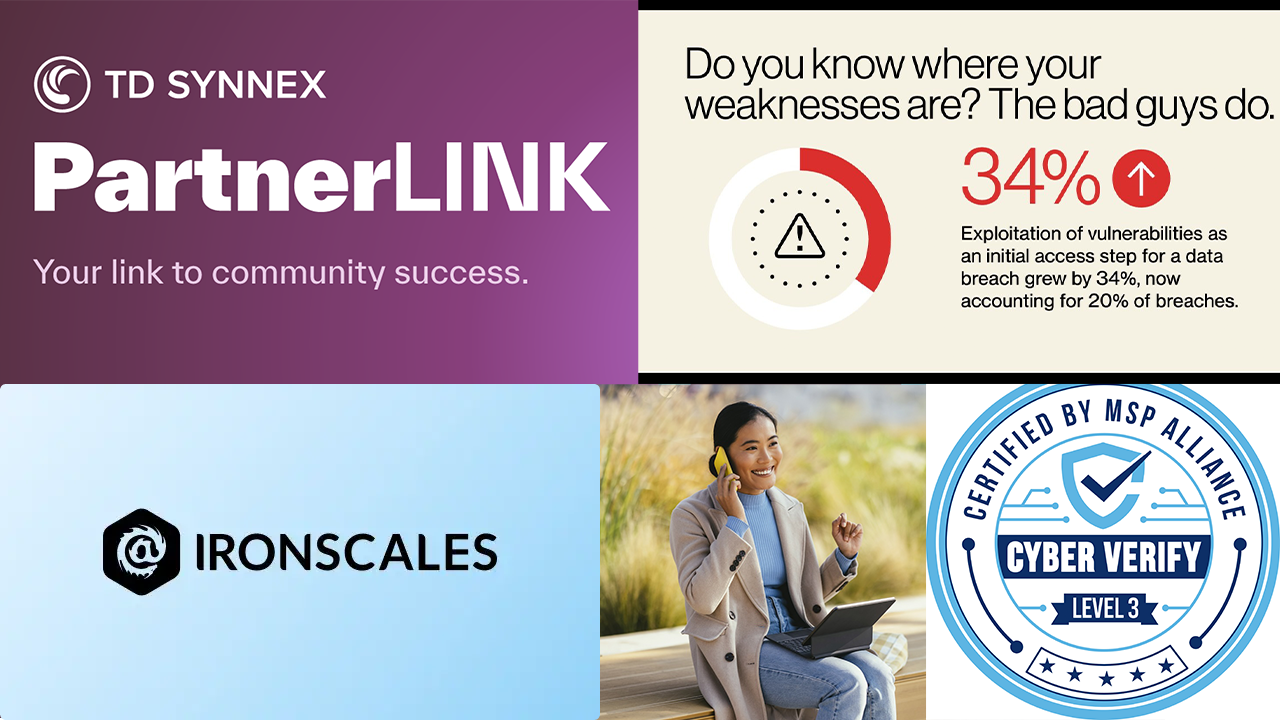Ransomware, insider threats, malware, and other cybersecurity threats have become increasingly intelligent, and bad actors are continually finding new ways to breach and compromise businesses of all sizes.
Today, most cloud deployments are based on distributed architectures where components are spread across various services. These complex architectures surpass the capabilities of many modern defensive strategies. Despite proper security measures, compromises can still occur as threat actors discover new vulnerabilities resulting in zero-day exploits.
Machine learning provides an answer to outmoded deficiencies. Using the latest in artificial intelligence, machine learning delivers the capability to use contextualized data to course through an ecosystem that has up to trillions of interactions per minute. By uncovering, acknowledging, and evaluating every asset for every device, file, user, or any other relevant piece of the puzzle connected through the network, organizations stand stronger in the face of relentless cyberattacks.
Evaluating Infrastructure
Today, many organizations feel safe with managing their cybersecurity strategies through in-house, third-party IT infrastructure, or other means to protect their essentials. However, businesses face countless new risks every day. Meeting the current cybersecurity climate head-on by performing a comprehensive asset inventory is essential to mitigating these risks and building a secure cyberdefense.
In today’s dispersed workforce, many architectures are often held together through personal technologies from employees, microservices, and SaaS vendors, expanding an organization’s most sensitive network. This vast and ever-changing ecosystem opens the door for cybersecurity frameworks to be exposed to new vulnerabilities with every new connection as machine learning works in around-the-clock detection mode.
Identifying Strategic Blind Spots
Evolving points of detection continue to fall beyond the grasp of many cybersecurity methods. Moreover, there are critical blind spots that need to be considered:
- Human Limitations: While the most experienced IT personnel can assess issues from contextual red flags and interactions, an untimely miss is almost inevitable simply because humans cannot outpace AI. Additionally, if the in-house or third-party IT provider is not receiving continual education and training, their expertise will soon be outdated behind technology advances.
- Microservices, Multiplatform Applications: These are often the starting point for cybersecurity, but unfortunately, they come up short in more complex and federated architectures. As many security compromises lie outside the intended security perimeter, attack vectors find their way through hidden backdoors and result in zero-day exploits.
- Software Agents: Software agents can be installed on every user device and service within the network, though become ineffective as soon as an employee adds a new device, risking the possibility of them granting required API permissions or not following security protocols.
- Scans: Scans are just a surface-level strategy, prone to missing targets while slowing down a network. They may discover abnormalities or detect a threat while sending out a pingable response, but do not provide the critical information needed to take action.
Detection, isolation, and response is the modern proactive security process, but detection points have become increasingly difficult to find. Machine learning helps solve this issue by detecting and defining assets without relying on the use of a software agent on every device.
Creating a Secure Future
To build and maintain the strongest possible cyberdefenses in increasingly volatile times, organizations must implement comprehensive methods that go beyond archaic, outdated services that can no longer keep up with a progressive technological environment.
Machine learning is an important tool for opening this next chapter of cybersecurity by catching gaps before they are compromised.
By prioritizing asset inventory, organizations can address network vulnerabilities and ultimately create the right defense against any threats lurking beneath the surface.
JOEL FULTON is the co-founder and CEO of Lucidum, the cyber-asset visibility and discovery solution. He is also the co-founder of Silicon Valley CISO Investments, a leading group of chief information security officers that operate as an angel investor syndicate. Previously the CISO for Splunk, Dr. Fulton has also led security and risk teams at Symantec, Google, Starbucks, Boeing, and several financial institutions, and led a security and regulatory compliance consulting firm for 10 years. In 2017, Security Magazine named Dr. Fulton one of the Most Influential People in Security. He is a frequent speaker at external conferences and customer events on insider threats, AI/machine learning and cybersecurity, pragmatic risk management, and global security management.














